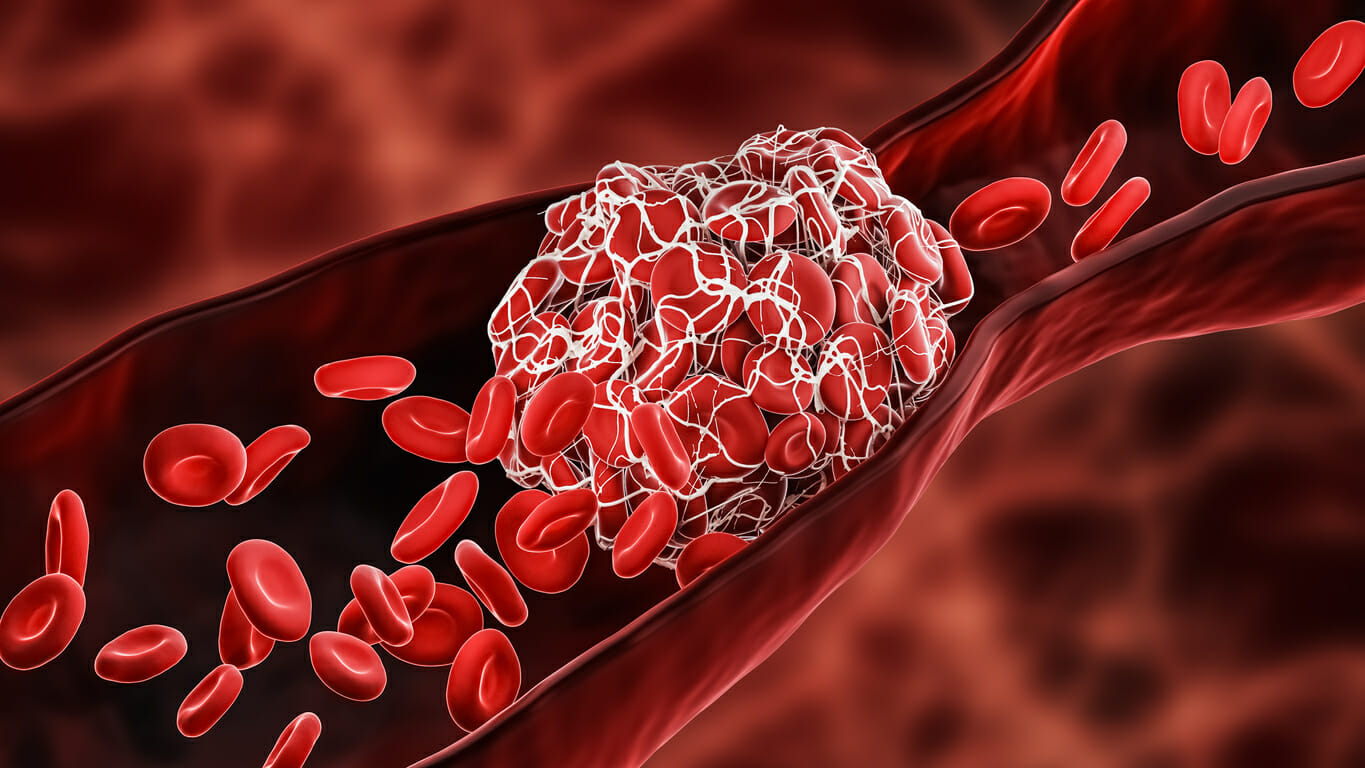Deep Vein Thrombosis (DVT) is a serious medical condition that occurs when a blood clot appears in a deep vein. A deep vein, as opposed to a superficial vein, is deep in the body. It is almost always near an artery that shares the same name.
If a clot breaks off and travels to the lungs, it creates a blockage called a pulmonary embolism (PE). Contrary to popular belief, DVT does not affect the heart or a heart valve. Instead, it affects the lungs, the organ where the blood is immediately delivered.
DVT most often appears in the legs, causing swelling or pain. However, there may be no symptoms of a blood clot in some situations. Nonetheless, DVTs are serious and life-threatening.
Symptoms and Signs of DVT
Roughly half of the people with DVT do not have any symptoms. However, if you do have symptoms, they will often involve:
- Swelling
- Pain
- Tenderness
- Skin redness
- Warmth in the affected area
If you have any of these symptoms, particularly in the back of the legs, you need to see a doctor right away.
Why Blood Clots are Dangerous
Blood clots can be extremely dangerous. DVT can lead to PE, which is a life-threatening complication. While recovery is certainly possible, PE can cause tissue damage in the lungs. If the clot is large enough, it can stop blood flow from reaching the lungs, resulting in death.
You can also develop damage to the veins themselves. If the clot reduces blood flow in a specific area, it can result in tissue damage and other related issues. You might also experience side effects from blood clot treatments, including bleeding caused by the use of blood thinners.
How Common is DVT in America?
The exact number of people affected by DVT is unknown. However, the Centers for Disease Control (CDC) reports that as many as 900,000 people could be affected every year in the United States. That number is about 1 or 2 people in every 1,000.
DVT also kills 60,000 to 100,000 people every year. Sudden death is the first symptom in about 25% of those with DVT. Another 10% to 30% of people will die within one month of diagnosis.
Can DVT be Cured?
You can heal from DVT within a few weeks or months. However, you may need to continue DVT treatment for months or years into the future. DVT treatment helps prevent or reduce the risk that future clots will form.
Treatments for Deep Vein Thrombosis
Treatments vary based on personal preference and the reason that the clot formed in the first place.
Anticoagulants (Blood Thinners)
Blood thinners help prevent blood build-up within the veins. They are either taken by mouth or through an injection. You may need to take blood thinners for several months after your DVT to reduce the risk of another clot or keep current clots from getting any bigger.
Compression Stockings & Leg Elevation
Compression socks are special knee-high socks that decrease the chances of blood pooling and clotting. They reduce swelling by wearing just a few hours each day.
Simple leg elevation can also help reduce swelling associated with DVT as well.
Vein Surgery Treatments
Surgical treatments are also available to address DVT. The process often involves using a small puncture to enter the vein and remove or break up the clot.
Learn more about vein treatment options in Las Vegas, Nevada.
Desert Vein’s Exceptional Practice
Vein treatment services have come a long way in just a few years, and Desert Vein Institute uses the latest technologies to provide vein treatment services that are noninvasive and often painless. Meet Our Vein Physicians in Las Vegas.





